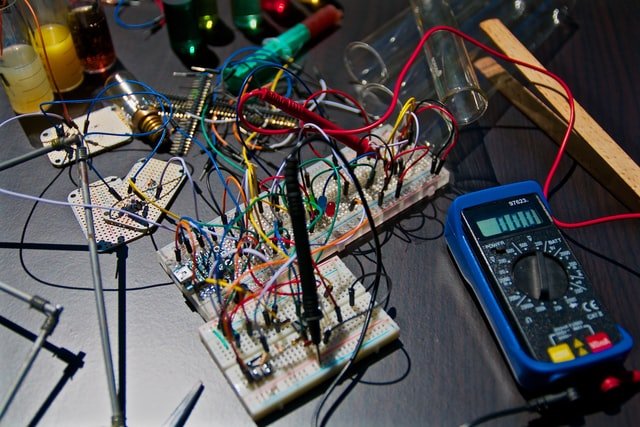MEASUREMENT IN PHYSICS
MEASUREMENT IN PHYSICS (CONT) Measurement of area and volume Concept & measurement of time and ways of measuring time. MEASUREMENT OF VOLUME Volume of liquid objects is measured using instruments such as cylinder, burette, pipette, eureka can, etc. For regular solid objects, their volume could be determined using their mathematical formula. S/N Solid Object […]
MEASUREMENT IN PHYSICS Read More »

